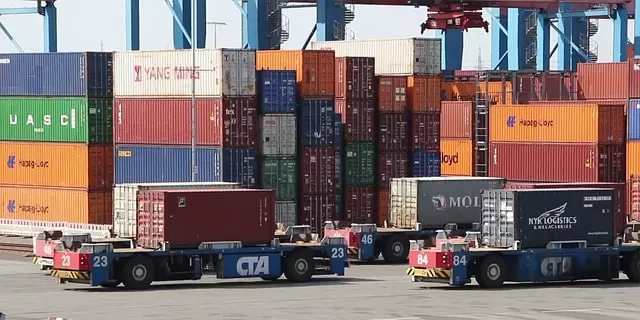Merchandise Transportation is an indispensable cog in the global economy’s wheel. This sector, encompassing the pivotal movement of goods across distances, is a complex ecosystem evolving with the demands of a technology-driven world.
Evolution of Merchandise Transportation
Merchandise transportation isn’t new, but its methods, efficiency, and scope have drastically changed over time. From horse-drawn carriages to autonomous trucks and drones, this evolution mirrors the advancements in technology and changing market dynamics.
The Impact of Technology in Modern Logistics
Modern logistics heavily relies on technology. The integration of AI, IoT, and other digital tools has revolutionized the way goods are transported, tracked, and delivered.
Onboard Cameras for Enhanced Road Safety
A notable advancement is the use of onboard cameras. These devices help monitor road conditions, driver behavior, and cargo safety, significantly reducing the risk of accidents and improving overall transportation security.
Driver Terminals: Simplifying Routines
Modern transportation logistics also emphasizes enhancing the driver’s experience. User-friendly driver terminals are instrumental in this, offering navigational assistance and vital route information, making their journeys safer and more efficient.
Regulatory Compliance in Transportation
Transportation is heavily regulated, and for good reason. Compliance with laws ensures safety, minimizes environmental impact, and upholds industry standards. It’s vital for operators to stay abreast of these regulations to avoid legal pitfalls and ensure smooth operations.
Fleet Management: A Key to Operational Success
Managing a fleet involves more than just tracking vehicles. It’s about optimizing routes, ensuring vehicle health, and managing logistics to reduce downtime and enhance efficiency.
Equipment Tracking and Data Analysis
Advanced tracking systems provide real-time data on vehicle locations and condition. This data is crucial for optimizing routes, scheduling maintenance, and making informed decisions that impact the bottom line.
Temperature Control and Sensitive Cargo
Transporting perishable goods? Temperature control is crucial. The latest refrigeration technologies ensure that temperature-sensitive products like food and pharmaceuticals reach their destination in optimal condition.
Cybersecurity: Protecting Data in Digital Logistics
As the logistics industry embraces digitalization, the threat of cyber-attacks grows. Protecting sensitive data and systems from these threats is paramount to maintain the integrity and trust in the transportation process.
Route Optimization: Efficiency and Cost Savings
Optimizing routes isn’t just about finding the shortest path; it’s about understanding traffic patterns, vehicle capabilities, and delivery schedules to save time and reduce operational costs.
Green Logistics: Environmental Responsibility
The environmental impact of logistics is a growing concern. Companies are now exploring eco-friendly options like electric vehicles, optimized routes, and reduced packaging to minimize their carbon footprint.
Leveraging Business Intelligence in Logistics
Data is a goldmine in logistics. By leveraging business intelligence, companies can analyze patterns, predict trends, and make decisions that improve efficiency and customer satisfaction.
The Future of Merchandise Transportation
What does the future hold? We’re looking at a horizon filled with autonomous vehicles, AI-driven logistics planning, and an even greater emphasis on sustainability and efficiency.
Conclusion and Key Takeaways
Merchandise transportation is a dynamic, evolving field. Key takeaways include the growing role of technology, the importance of regulatory compliance, and the ongoing quest for sustainability.
FAQs
How is AI transforming merchandise transportation?
AI optimizes routes, predicts maintenance needs, and enhances overall operational efficiency.
What are the challenges in refrigerated transport?
Maintaining constant temperatures, complying with regulations, and ensuring timely deliveries are key challenges.
